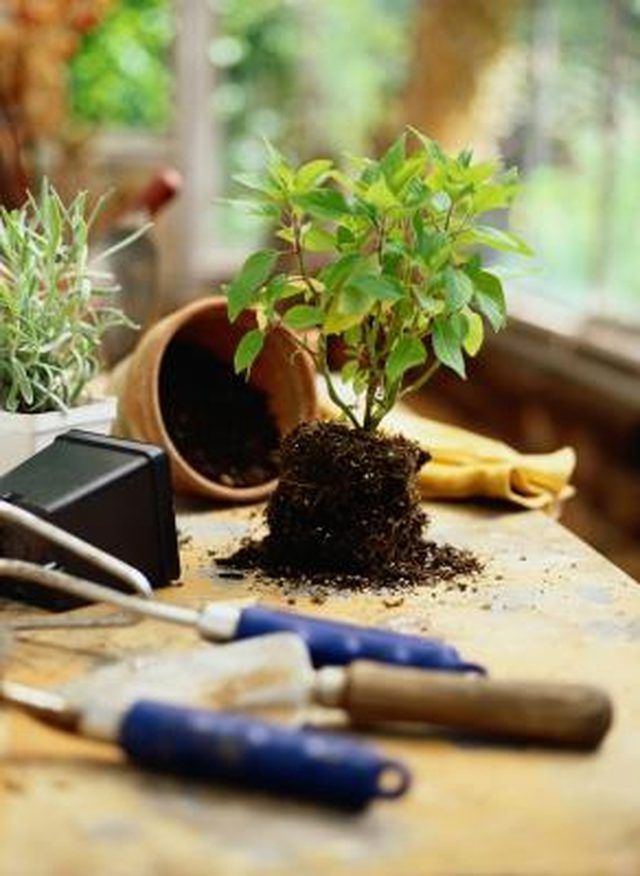Bulbs
Flower Basics
Flower Beds & Specialty Gardens
Flower Garden
Garden Furniture
Garden Gnomes
Garden Seeds
Garden Sheds
Garden Statues
Garden Tools & Supplies
Gardening Basics
Green & Organic
Groundcovers & Vines
Growing Annuals
Growing Basil
Growing Beans
Growing Berries
Growing Blueberries
Growing Cactus
Growing Corn
Growing Cotton
Growing Edibles
Growing Flowers
Growing Garlic
Growing Grapes
Growing Grass
Growing Herbs
Growing Jasmine
Growing Mint
Growing Mushrooms
Orchids
Growing Peanuts
Growing Perennials
Growing Plants
Growing Rosemary
Growing Roses
Growing Strawberries
Growing Sunflowers
Growing Thyme
Growing Tomatoes
Growing Tulips
Growing Vegetables
Herb Basics
Herb Garden
Indoor Growing
Landscaping Basics
Landscaping Patios
Landscaping Plants
Landscaping Shrubs
Landscaping Trees
Landscaping Walks & Pathways
Lawn Basics
Lawn Maintenance
Lawn Mowers
Lawn Ornaments
Lawn Planting
Lawn Tools
Outdoor Growing
Overall Landscape Planning
Pests, Weeds & Problems
Plant Basics
Rock Garden
Rose Garden
Shrubs
Soil
Specialty Gardens
Trees
Vegetable Garden
Yard Maintenance
Tiny Flying Bugs in House Plants
Tiny Flying Bugs in House Plants. If tiny bugs are flying around your houseplants, they're most likely spider mites or fungus gnats. These pests reproduce in the soil, and when the population gets large, the damage to your plants becomes noticeable.

If tiny bugs are flying around your houseplants, they're most likely spider mites or fungus gnats. These pests reproduce in the soil, and when the population gets large, the damage to your plants becomes noticeable.
Spider Mites
Spider mites thrive in heat and low humidity. The signs of spider mite damage on your houseplants include a yellow stippling of the leaves and webbing on their undersides. Turning down the heat and plugging in the humidifier can solve the problem, but this might not prove practical in the wintertime. Regularly washing off the leaves and using a horticultural oil can also remove the infestation.
Fungus Gnats
Large numbers of fungus gnats feed on the roots of houseplants. You can see them running across the soil and leaves of your plants. They may even fly around the windows. Fungus gnats lay their eggs in organic-rich soil. To get rid of the adults, hang yellow sticky traps among plants to kill them. Let the soil dry out between watering to kill the larvae. Another solution is applying Bti (Bacillus thuringiensis israelensis), which is commonly used for mosquito control and sold at gardening centers.
Homemade Solution
Rather than spending money at the garden center, try a homemade solution. Shave a one-inch piece from a bar of Fels-Naptha soap into a quart of heated water. Stir until the soap dissolves and pour the liquid into a jar. Nearly fill a one-quart jar with water and stir in a teaspoon of the soap concentrate. Add a quarter cup of rubbing alcohol. Pour this solution into a spray bottle and spray the plants, including the underside of the leaves.